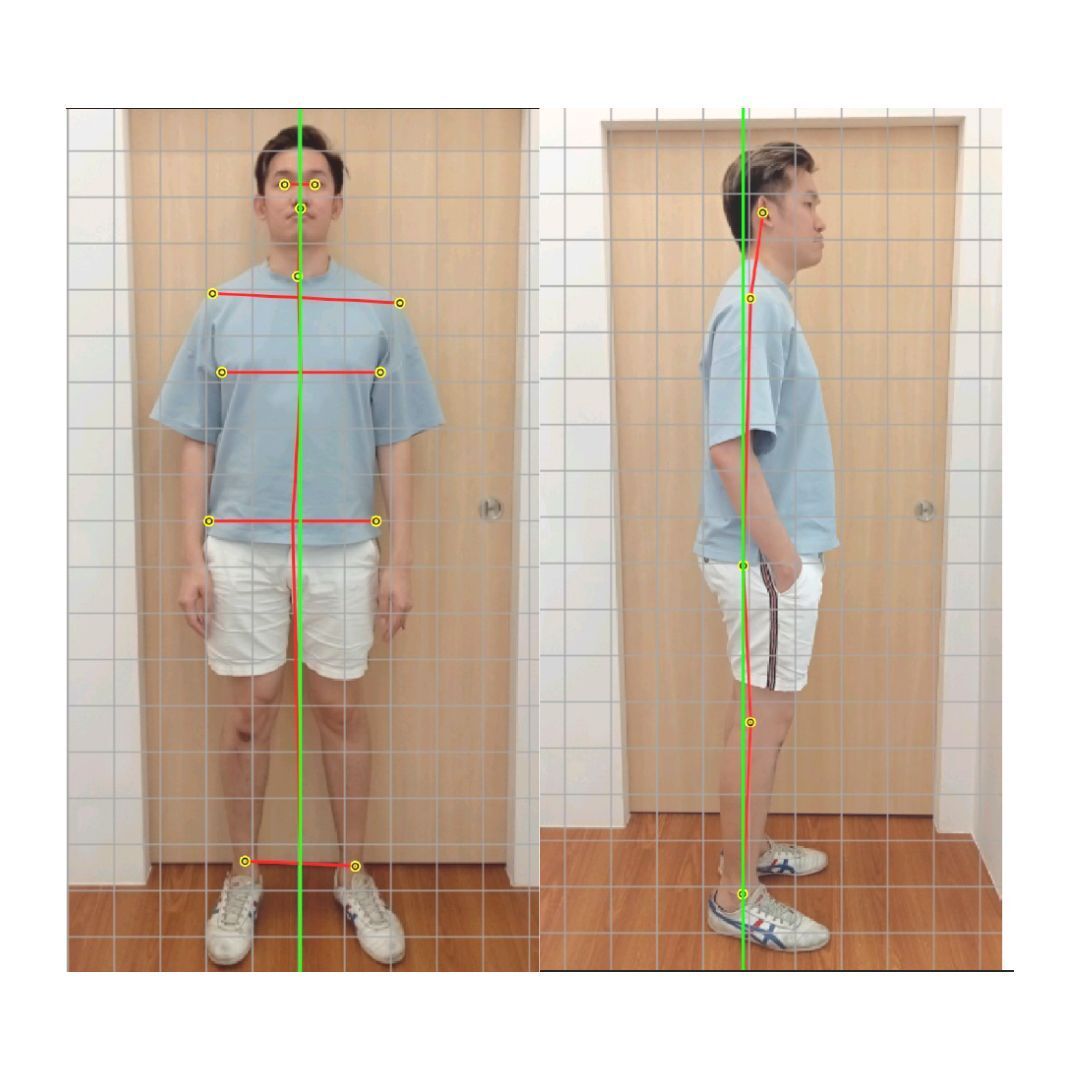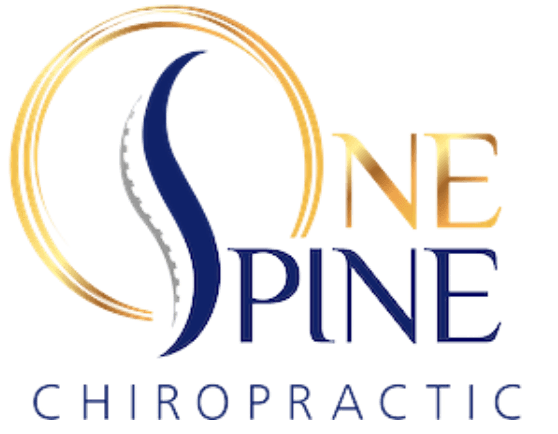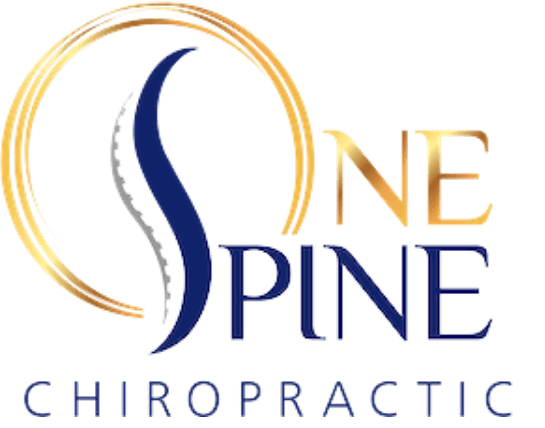Happy Feet: Chiropractic Help for Plantar Fasciitis Pain
If you're waking up to a sharp, piercing pain at the base of your foot every morning, plantar fasciitis may be giving you an early morning wake-up call. We understand how frustrating it can be – indeed, many people find themselves seeking treatment for this same irritating condition! However, there's hope on the horizon.
Chiropractic care offers a promising avenue for relief from this persistent discomfort. In this article, we'll explore how chiropractic adjustments, by addressing misalignment and restoring balance, can play a pivotal role in the healing process.

Understanding Plantar Fasciitis
Plantar fasciitis is a common foot condition that causes pain in the heel and bottom of your foot.
Plantar fasciitis is a health problem that hits your foot. It causes pain and swelling in the plantar fascia. This is a strong band at the bottom of your foot that links your toes to your heel.
When your feet become inflamed, you may experience sharp pain, particularly near the heel. This often occurs with the first steps after sitting for extended periods or upon waking from sleep. It's a prevalent issue among runners and individuals who spend prolonged periods on their feet.
The Role of the Plantar Fascia
The plantar fascia is very important. It is a thin band at the bottom of your foot. This band connects your heel bone to your toes. Think of it as a bowstring in an archer's bow. The tension and strain allow for balance and support when you walk or run.
Without the plantar fascia, we will not be able to stand up or move. Our daily life would become hard without it! Problems start when too much pressure damages or tears this tissue, causing plantar fascia pain.
Connection to the Heel Bone
The plantar fascia is a strong cord that stretches from our heel bone to our toes. It helps keep the foot firm and aids us in walking or running. Sharp pain can start if this tissue gets inflamed near the heel bone, which we call plantar fasciitis.
Chiropractors often treat this by caring for both the plantar fascia and its link to the leg.

Common Symptoms: Plantar Fasciitis Pain and Heel Pain
Plantar fasciitis pain often feels like a sharp sting in the heel. It's very common and happens mostly when you take your first steps after getting up, or if you've been sitting for a long time.
The bad news is that it can get worse as the day goes on, especially if you are walking or standing more.
Heel pain is a common sign of plantar fasciitis. It normally hurts more when climbing stairs, during or after exercising . So, watch out for this too! Don’t confuse these signs with fatigue – they may well be symptoms of plantar fasciitis.
Diagnosis of Plantar Fasciitis
We can find out if you have plantar fasciitis by looking at a few things.
- Patient History: Discuss your foot pain and its specifics.
- Observation: Watching your movements to assess gait and posture.
- Palpation: Checking for tenderness or discomfort in the foot.
- Spinal and Pelvic Assessment: Evaluating spine alignment and pelvic balance.
- Leg Length Check: Identifying any discrepancies.
- Imaging (if needed): X-rays or scans for detailed assessment.

Chiropractic Care for Plantar Fasciitis Relief
Chiropractic care offers numerous benefits for individuals seeking relief from plantar fasciitis.
Benefits of Chiropractic Care for Plantar Fasciitis
Chiropractic care can offer many benefits for those with plantar fasciitis. Here are some reasons why you should consider it:
- Pain Relief: The right treatments can alleviate the aches that accompany plantar fasciitis.
- Improved Joint Flexibility: Chiropractic adjustments can lead to reduced stiffness in your foot joints, including the plantar fascia.
- Enhanced Mobility: It makes movement smoother and more manageable.
- Guidance on Specific Exercises: Chiropractors can instruct you on movements that ease the pain of plantar fasciitis.
- Complementary Therapy: Combining chiropractic care with other therapies often leads to better results. They work synergistically to improve pain management and mobility.
- Promotion of Better Posture: Chiropractic care helps alleviate stress associated with plantar fasciitis, ultimately facilitating your return to a pain-free, normal life.
- Accelerated Recovery: A multimodal treatment approach has been shown to help patients with severe plantar fasciitis in both feet experience improvement at a faster rate than usual.

Techniques used in Chiropractic Care
We use a range of hands-on methods in chiropractic care. These help tackle plantar fasciitis pain and provide relief. Here are some key methods:
- Manual therapy: This involves direct hand movements on your heel bone and the bottom of your foot. It may help ease plantar fasciitis pain.
- Adjustments: Through precise adjustments, chiropractors address the interplay between the spine, pelvis, and lower limbs, with a specific emphasis on pelvic alignment, leg length balance, and spine health, ultimately alleviating strain on the plantar fascia
- Graston Technique: This is a soft tissue therapy that can treat chronic heel pain linked to plantar fasciitis. It uses stainless steel tools to locate and fix issues in your muscles and tendons.
- Specific Stretches: These exercises target your calf muscles and Achilles tendon and even hamstring and lower back muscles, easing stress off the plantar fascia.
- Home Rehabilitation Exercises: You can do these easy workouts at home for ongoing support with painful foot issues like plantar fasciitis.
- Ultrasound Therapy: This non-invasive treatment utilises sound waves to stimulate tissue repair and reduce inflammation, providing an additional layer of relief for plantar fasciitis discomfort. In some cases, ultrasound therapy may be incorporated into the healing process
- Kinesiology Tape: This specialised tape is applied to provide support and stability to muscles and joints. In cases of plantar fasciitis, it can help alleviate strain on the affected area, aiding in the healing process.
Chiropractic Care for Heel and Plantar Fasciitis Relief
When it comes to addressing heel and foot plantar fasciitis, a comprehensive chiropractic approach goes beyond localised treatment. It recognises the intricate connection between the spine, pelvis, and lower limbs.
In this holistic approach, chiropractors assess pelvic alignment, which is crucial for addressing foot issues. The pelvis serves as a foundation for the spine and lower limbs. Misalignment can lead to compensatory movements and contribute to conditions like plantar fasciitis. Chiropractors employ precise techniques to restore balance and reduce stress on the feet.
Additionally, identifying and addressing leg length discrepancies is essential. Chiropractors use specialised techniques to bring symmetry to leg length, thereby reducing undue stress on the feet and aiding in the healing process.
Furthermore, chiropractic adjustments play a crucial role in aligning the heel bone, providing relief for plantar fasciitis. This personalised approach targets the underlying causes to achieve long-term results, ultimately reducing strain on the plantar fascia.
Other Treatment Options for Plantar Fasciitis
Along with chiropractic care, there are several other methods to treat plantar fasciitis and alleviate heel pain. From stretching exercises to medication, learn about these effective treatment options for plantar fasciitis relief.
Stretching and Physical Therapy
Stretching and physical therapy are important treatment options for plantar fasciitis. They can help reduce pain and inflammation, leading to better outcomes for people with this condition.
Chiropractors often use a combination of manual therapies, exercises, and lifestyle changes to provide relief. When it comes to stretching, focusing on the calves, Achilles tendon, and the bottom of the foot is crucial in improving flexibility and reducing discomfort.
Physical therapy also includes other techniques like massage and strengthening exercises that can be beneficial for managing plantar fasciitis. Remember that conservative therapy, such as stretching and over-the-counter treatments, is usually recommended as the first line of treatment for plantar fasciitis before considering more invasive options.
Icing and Medication
To help with plantar fasciitis pain, icing the affected foot can provide relief. Applying ice to the inflamed area two to three times a day can help reduce inflammation and alleviate discomfort.
Additionally, taking oral or topical nonsteroidal anti-inflammatory drugs (NSAIDs) can also help relieve pain associated with plantar fasciitis. These medications work by decreasing inflammation in the affected area, providing temporary relief from symptoms.
Combining these approaches with chiropractic care can be an effective way to manage plantar fasciitis without relying solely on medication for relief.
Rest, Activity Modification, and Orthotics
Rest, modifying your activities, and using orthotics are important in treating plantar fasciitis. Resting allows your foot to heal and reduces the stress on the plantar fascia. It's important to avoid activities that worsen your pain, such as running or jumping.
Instead, you can try low-impact exercises like swimming or cycling to stay active without putting too much strain on your feet.
Orthotics, which are special shoe inserts, can provide support and cushioning for your feet. Full-length insoles may be more effective than heel cups in reducing pain caused by plantar fasciitis.
Customised foot orthoses can also help reduce pain and provide relief.

Prevention and Management of Plantar Fasciitis
To prevent and manage plantar fasciitis, it is important to practice lifestyle and home remedies, wear supportive footwear with good arch support, regularly stretch the calf muscles, and prioritise rest and recovery.
Lifestyle and Home Remedies
Living a healthy lifestyle and incorporating simple remedies into your daily routine can help manage and alleviate plantar fasciitis pain. Here are some tips:
- Maintain a healthy weight: Excess weight puts added pressure on your feet, which can worsen plantar fasciitis pain. Losing weight can reduce the strain on your feet and promote healing.
- Stretch regularly: This is especially important if increasing intensity or frequency of exercise programs. Perform gentle stretching exercises for your calves, Achilles tendon, and the bottom of your foot to help relieve tension and improve flexibility. Consult with a healthcare professional or physical therapist for proper stretches.
- Wear supportive shoes: Choose footwear that provides good arch support, cushioning, and stability. Avoid high heels, flip-flops, and old athletic shoes that may lack adequate support.
- Modify activities: Reduce or avoid activities that aggravate the pain, such as high-impact exercises or prolonged standing. Instead, try low-impact activities like swimming or cycling to stay active while minimising stress on your feet.
- Apply ice: Ice packs or frozen water bottles can help reduce inflammation and numb the area. Apply ice for 15-20 minutes at a time, several times a day.
- Use over-the-counter medication: Nonsteroidal anti-inflammatory drugs (NSAIDs), such as ibuprofen or naproxen sodium, can provide temporary pain relief and help decrease inflammation. Follow package instructions and consult with a healthcare professional if needed.
- Rest and elevate: Giving your feet regular breaks and elevating them above heart level when resting can help reduce swelling and promote healing.
In conclusion, chiropractic care offers a non-invasive and drug-free solution for relieving foot pain caused by plantar fasciitis. By addressing the underlying causes and providing adjustments and manual therapy, chiropractors can reduce stress on the foot and alleviate symptoms.
Combined with other treatments like physical therapy or medication, chiropractic care can help speed up healing and improve mobility for those suffering from plantar fasciitis. If you're experiencing plantar fasciitis pain and looking for a chiropractic solution in Singapore, consider visiting a reputable chiropractor in Singapore.
Book An Appointment Now
Ready to Prioritise Your Wellbeing?
Don't let foot pain hold you back - Book your appointment with our chiropractor for relief from plantar fasciitis.
Begin Your Journey: First Consultation at One Spine Chiropractic

Posture Screening
We measure the angles and linear distances of posture displacements from the head down to the ankles for our chiropractors to identify your overall posture alignment.

1-on-1 Chiropractor's Consultation
1 on 1 consultation with our chiropractor to perform a comprehensive review of your health history as well as understand your day-to-day lifestyle activities.

Physical Examination
Our chiropractors will perform physical examinations which usually include different assessments such as comparison of muscle strengths, testing range of motion, testing reflexes, carrying out palpation, and conducting orthopedic and neurological tests based on the complaint.

Chiropractic Treatment
Our chiropractors will use their hands or a small instrument to apply a controlled, sudden force to a spinal joint. The goal of this procedure, also known as spinal manipulation, is to improve spinal motion and improve your body's physical function.
Related Articles
Begin Your Journey: First Consultation at One Spine Chiropractic

Posture Screening
We measure the angles and linear distances of posture displacements from the head all the way down to the ankles for our chiropractors in Clementi to identify your overall posture alignment.

1-on-1 Doctor Consultation
1 on 1 consultation with our Clementi Chiropractor to perform a comprehensive review of your health history as well as understand your day-to-day lifestyle activities.

Physical Examination
Our Clementi Chiropractor will perform physical examinations which usually include different assessments such as comparison of muscle strengths, testing range of motion, testing reflexes, carrying out palpation, and conducting orthopedic and neurological tests based on the complaint.

Chiropractic Treatment
Our Clementi Chiropractor will use their hands or a small instrument to apply a controlled, sudden force to a spinal joint. The goal of this procedure, also known as spinal manipulation, is to improve spinal motion and improve your body's physical function.

CHIROPRACTIC SERVICES
CONTACT US
One Spine Chiropractic Clementi
321 Clementi Avenue 3, #02-04,
Singapore 129905
Tel. No:
6259 9463
WhatsApp: 8772 7875
One Spine Chiropractic - Bedok
214 Bedok North Street 1, #01-171,
Singapore 460214
Tel. No:
6280 5526
WhatsApp:
8863 5771




